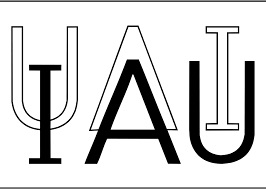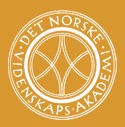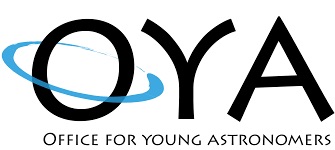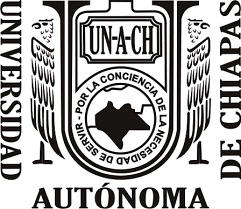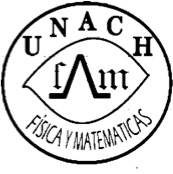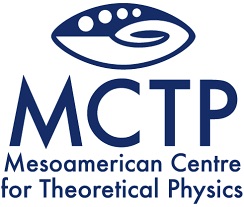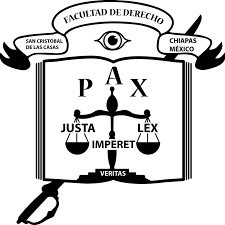|
June 8-26 San Cristóbal de las Casas, Mexico
The goal of these lectures is to explore the key observational properties beneath the structure, evolution, and atmospheres of stars. How these properties relate back to fundamental physical processes including the interaction of matter and radiation, thermodynamics and the equation of state of gasses, nucleosynthesis and the formation of elements, line profiles, and atmosphere modeling. Each topic will be imparted along with some computational techniques.
This course will give an overview of the process of the formation of stars, the structure and emission of protoplanetary disks, and the formation of planitesimals and the properties of exoplanets.
The explanation of the nature of the most energetic and powerful astrophysical sources (both quiescent and transient) such as binary X-ray sources, pulsars, novae, kilonovae, supernovae, hypernovae, quasars, active galactic nuclei and gamma-ray bursts, involve the presence of compact objects: white dwarfs, neutron stars and black holes in different flavors; e.g. in a variety of masses, rotation rates and present as single systems or in binaries. The increasing quality and amount of data allow us to test our knowledge and put stringent constraints on the nature of the sources and so on the structure, matter content and the properties of their associated exterior spacetime. I focus here on physical and astrophysical aspects of compact objects giving, as most as possible, emphasis on their role in the context of multi-messenger astrophysics. Basic knowledge of atomic physics, nuclear physics, electromagnetism, statistical mechanics, classical field theory, Newtonian gravity, and General Relativity are needed to accomplish this task.
An overview of galaxies in the nearby and distant universe, their constituents, scaling laws, groups and clusters, and evolution through cosmic time. We will also study the role of Active Galactic Nucei in galaxy formation and evolution.
Cosmological models and parameters, extragalactic distance scale, cosmological tests; constituents of the universe, dark matter, and dark energy; thermal history of the universe, cosmic nucleosynthesis, recombination, and cosmic microwave background.
This course will introduce several fundamental techniques in computational astrophysics, as well as associated technical topics including the use of Jupyter notebook, the numpy and matplotlib libraries in Python, and version control using git. There will be seven classes which will combine short lectures with numerical exercises.
An overview of how to browse through public datasets on galaxies, select and pre-process the data and analyse it with tools to study their stellar population and emission line properties.
Radio astronomy was the first branch of astronomy to observe the Universe outside of the range of the classic visible wavelengths. We will review the mechanisms that produce radio waves in cosmic sources and how this radiation is detected and analyzed by observers. We will also study the major contributions made by radio astronomy and how these results have enriched our vision of the Cosmos. Finally, we will describe the main research challenges in present-day radio astronomy.
The course will cover an introduction to observational astronomy in the optical regime with particular emphasis on CCD photometry and using the observation of solar system objects and exoplanet transits, with instruments at the Observatorio Astronómico Nacional in San Pedro Mártir (OAN-SPM), as examples to reinforce the learning experience. The course will include a remote observing practice with the 84cm telescope at the OAN-SPM to be conducted on a Friday and Saturday of the event during which the students, split into 2 groups, will acquire data to be analyzed as part of the course.
This course will give a general overview of modern X-ray Astronomy, and it will provide practical tutorials on how to get ready-to-use X-ray data from archives and catalogues, how to perform basic analysis of X-ray spectra and how to handle light curves with a particular focus on accreting compact objects. Hands-on sessions will be included in 4 sessions.
The course will cover some of the fundamental topics in gamma-ray astronomy, from its origins in the study of cosmic rays, through its current status as one of the most vibrant fields of modern astrophysics. We will present some of the theoretical underpinnings of the field and delve into the various detection techniques used by different telescopes to cover a broad range of the electromagnetic spectrum. The course will include a practical component, in the form of tutorial sessions where students will learn the basics on how to analyze data from the Fermi LAT satellite, the most sensitive GeV gamma-ray telescope currently in operation.
|
|---|
